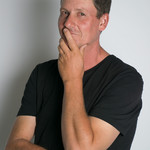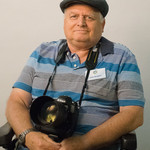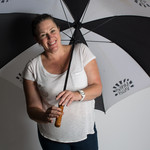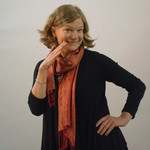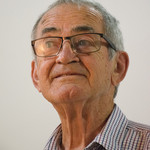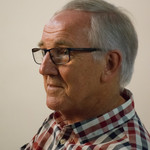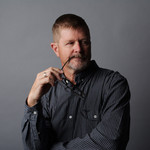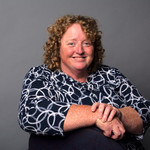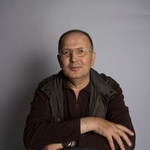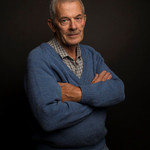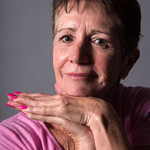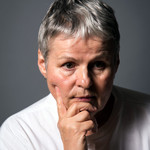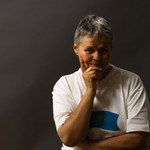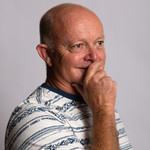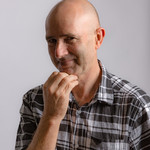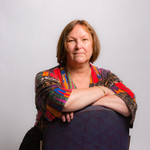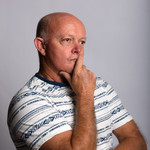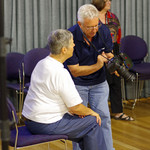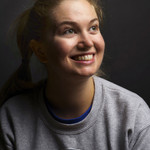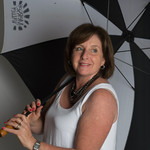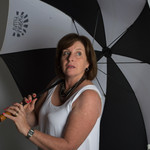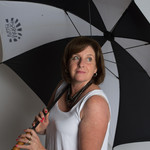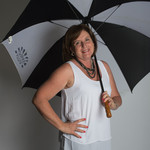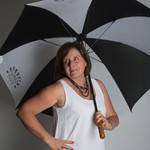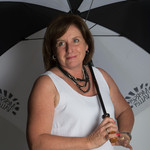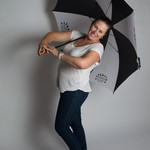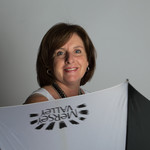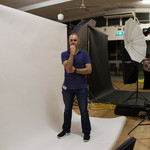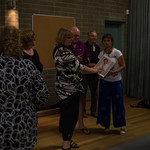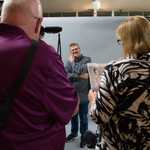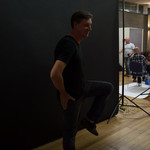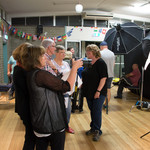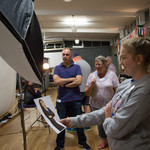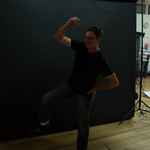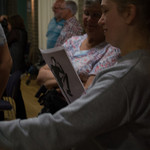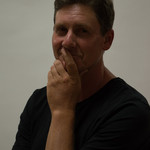Posing Workshop
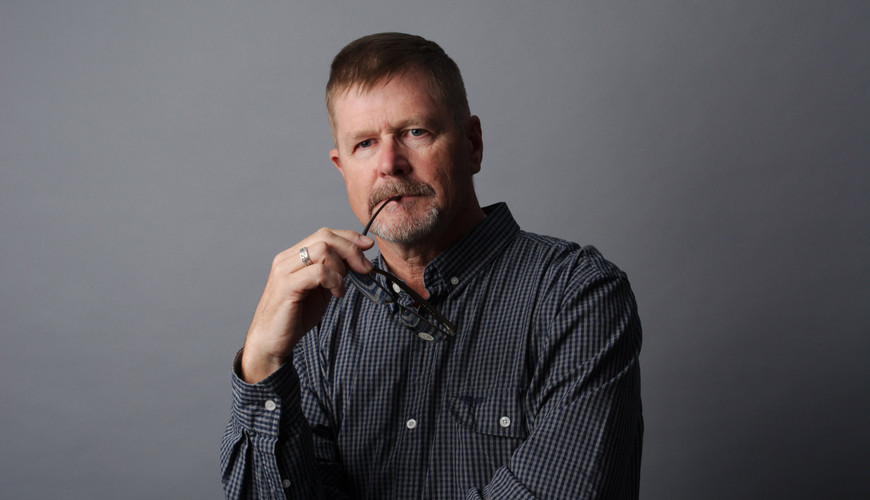
Posing Workshop Images © Judy Willis
Following on from the very informative posing night by Yana Martens we held a Posing Workshop. This night was an opportunity to hone the skills Yana told us about and, in particular, to practise being on both sides of the camera.
I was very impressed with the folks who first expressed hesitation about stepping in front of the camera but finally did so. Cathy provided us with a huge array of poses to have our subjects try. One of the great things to come out of the night was the folks who used those poses as a starting point and went beyond them, and of course their willing subjects who rose to the occasion.
A quick reminder of the things that came up during the night:
- The initial hesitation of many to stand in front of the camera brings home the idea that to be the subject of an image is to be vulnerable. To put your image in the hands of your photographer.
- Communication is key, talk to your model before bringing the camera up to your eye, tell them what you're looking for and explain the pose to them.
- If your model is having trouble understanding what you want, use mirroring as a technique to show them. You perform the pose so they can see what it is you're after.
- Regardless of age or gender of either the model or photographer don't just reach in and touch your subject. If you find you need to touch your subject you MUST get explicit permission to do so. In doing so let them know exactly what you're doing. If possible, ask them to fix something up before launching in and fixing yourself. If in getting into the pose their clothes shift, hair falls in the wrong way, or something else that needs to be corrected without breaking the pose, convey that to your subject. "Do you mind if I reposition your hair that has just fallen across your face?", "Do you mind if I straighten out your shirt a little?"
- In the event you need to touch your subject, ensure you touch is not "lingering" get what needs to be done, done, after getting permission, and move away from your model.
- Accept that when photographing people the work is a collaboration. Your subject will likely bring their own ideas to the fore, be open to them.
- Warm up your subject, in photographing people you'll find your better images come towards the end of the session as the subject has come to trust you.
- Don't feel you have to show the subject every image you take.
- Don't use negative language during the shoot, even if it is directed at yourself. Actually, especially if it's directed at yourself. Your subject has confidence in you, don't destroy it by talking yourself down. And never say things like: "Well that didn't work.", "That doesn't look too good."
- Feel free to talk your model up... "that looks great", "that's perfect" even if you have to tweak things after saying it.
And a reminder of the tips from Yana's talk, with thanks to Cathy for jotting them down for us:
- You need to inspire your model.
- You must tell your client (eg non model) what to do, don't just expect them to know what to do.
- Match poses to subjects body shape - most people aren't as thin as most models so poses will look different
- Do sketches of poses, and save pictures to print for inspiration.
- Learn the principles of posing
- Use posing apps
- Make mood boards - get inspiration for overall ideas, lighting, makeup, hair, poses, mood, tone, theme you can use differents bits from several pictures to create one image - eg pose from one image, make up from another and lighting from a third
- Facial expression is difficult, use psychology to make people comfortable
- Don't take glasses off as it may make people uncomfortable
- Good models are confident
- Make them think that they are beautiful
- What clothes - favourite clothes may not photograph the best, get people to bring several changes of clothes, don't use best outfit first (or last), let subject get comfortable with posing first, clothes should be plain and not tight fitting
- Hands should be the same distance from the camera as the body - anything closer to the camera looks bigger
- No straight lines
- One leg bent
- Show one heel
- Weight on back foot - check by getting them to lift their front foot
- Hips at angle to camera
- Face should be closest thing to camera
- Lift arms away from body to look thinner
- Toes to face in dfferent directions
- Have a space between you arms and torso or else your arms become part of your body and make you look bigger than you are
- No elbows pointing to camera, they become too prominent in the image.
- Don't point underarms towards the camera
- Hair up makes you look taller
- Long nails make your hands looks longer
- Chin forward and slightly down, not up
- Forehead forward
- Move face closer to camera - ask model to move ears forward - it may feel weird but looks better in photo
- Build up a pose one small change at a time eg get legs right, hips, then arms etc then work on expression
- Once you have a good pose, change it slightly to get different images eg alter arm positions
- Engage with model to get emotions
Below is a series of images taken during the night, a reminder that this wasn't a lighting workshop, it was the posing and getting used to talking to our subjects that we were working on, so forgive any images that seem too bright or too dark. You'll also find some behind-the-scenes images by Tess Maddocks so you can see
